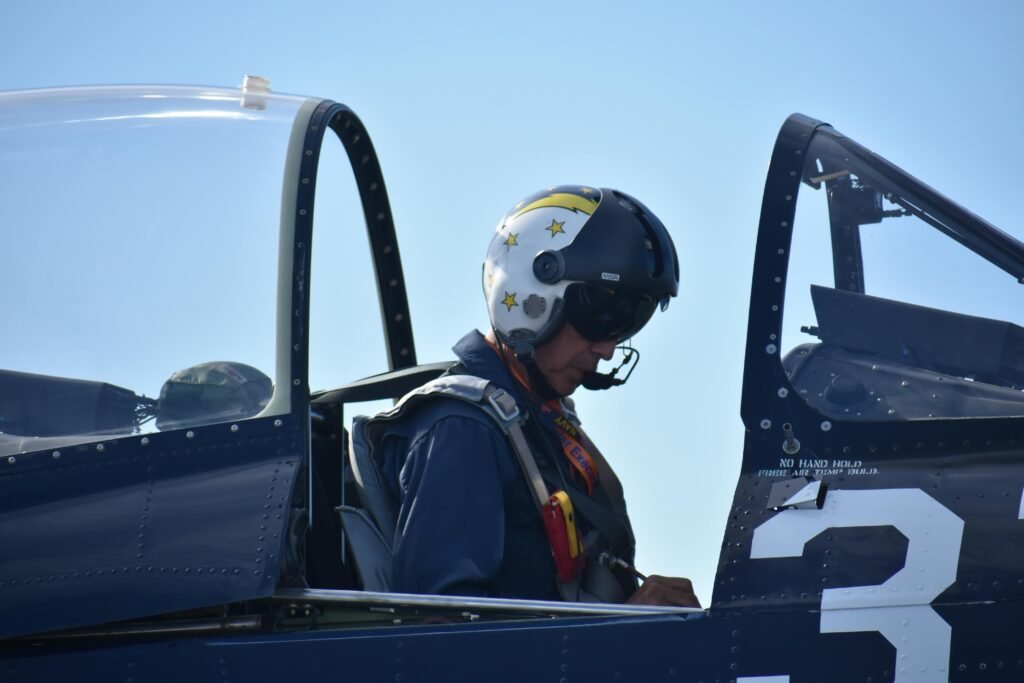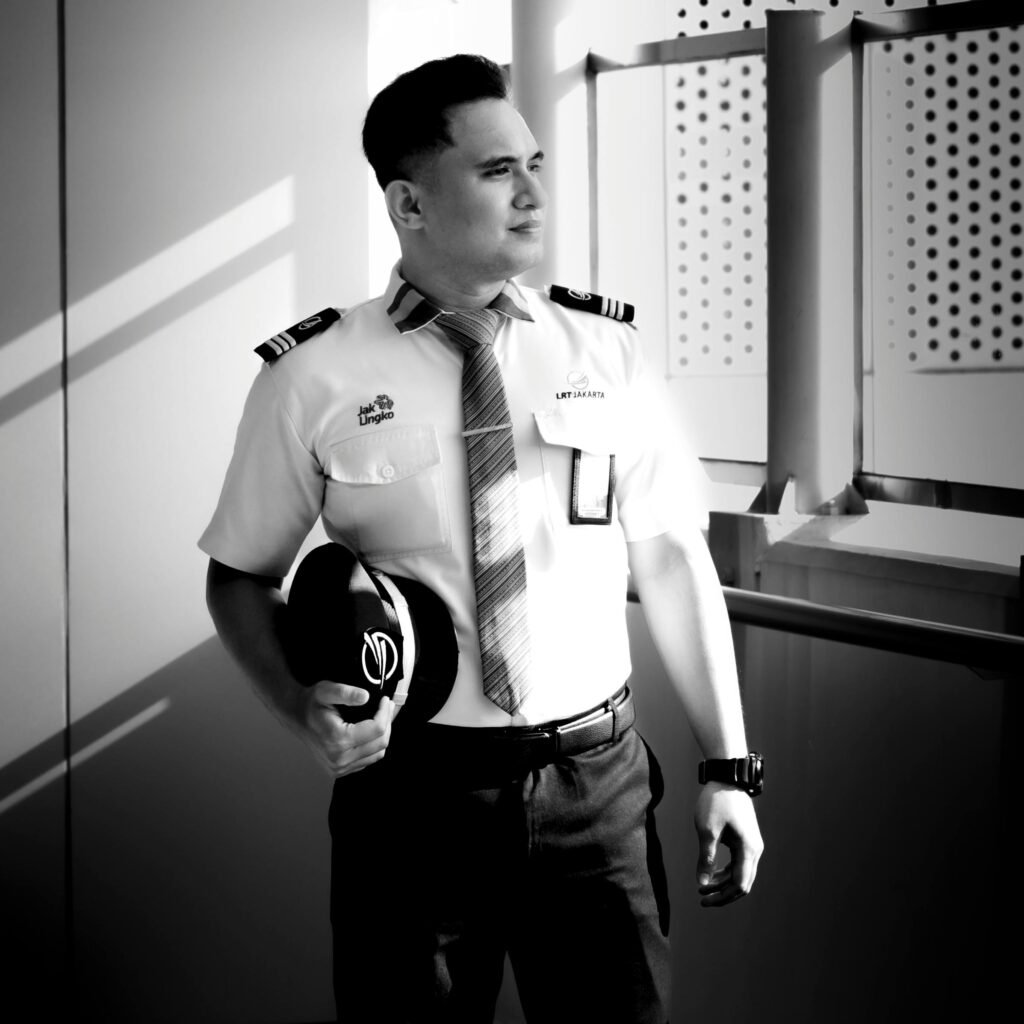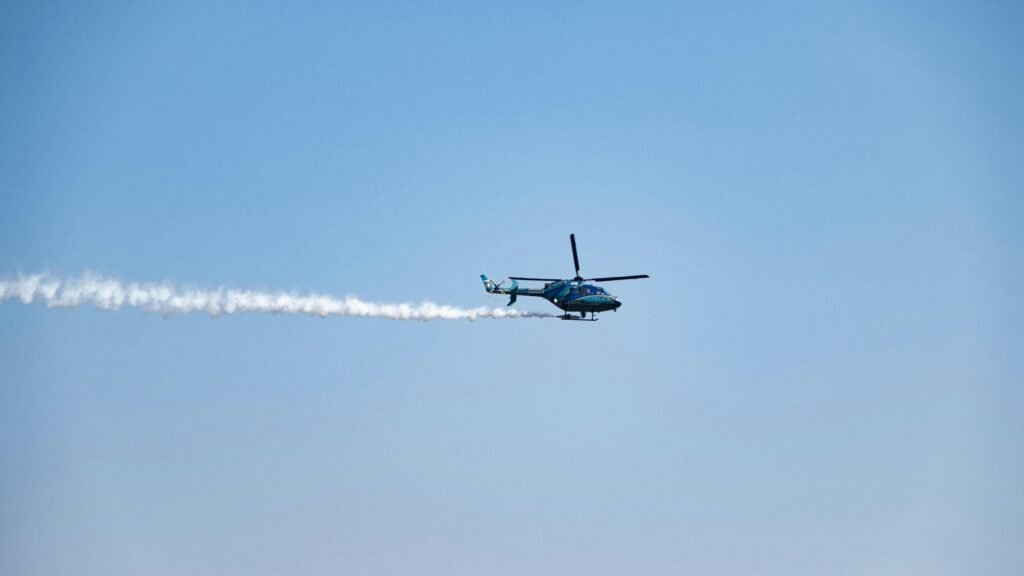🚁 Day in the Life of a Rescue Helicopter Pilot: 7 Powerful Moments You Must Know
Being a rescue helicopter pilot isn’t just a job — it’s a calling filled with adrenaline, responsibility, and moments that can save lives. Wondering what a typical day looks like in this demanding career?
At DreamSafar.in, we are inspired by the dedication of helicopter pilots who brave every challenge to make a difference. Here’s a breakdown of a day in the life of a rescue helicopter pilot, showcasing 7 powerful moments that define their heroic journeys.
🚁 1. Early Morning Briefing: Preparing for the Unexpected
Key Points:
-
Day starts with a mandatory weather briefing — weather can make or break a mission.
-
Pilots review emergency call protocols, aircraft readiness, and assigned crew members.
-
Discussion of potential rescue zones based on weather, terrain, and current alerts.
💡 A well-informed start can mean the difference between life and death later in the day.
🚁 2. Equipment and Aircraft Checks: No Room for Error
Key Points:
-
Thorough pre-flight inspections of rotor blades, fuel systems, navigation devices, and life-saving gear.
-
Medical crew also checks emergency equipment: stretchers, oxygen supplies, trauma kits.
-
Safety is paramount — even minor faults can have major consequences.
💡 Every bolt, blade, and battery is triple-checked to ensure mission success.
🚁 3. Waiting on Standby: Calm Before the Storm
Key Points:
-
When not flying, rescue pilots are on high alert — ready to scramble at a moment’s notice.
-
Pilots stay close to the base, attending training sessions, updating flight logs, or practicing emergency drills.
-
Mental focus is key: they must stay relaxed but sharp.
💡 In rescue aviation, waiting can be as intense as flying.
🚁 4. The Call Comes In: Mission Go!
Key Points:
-
As soon as an emergency call is received — whether it’s a mountain accident, flood evacuation, or medical airlift — pilots gear up instantly.
-
Quick mission planning: weather recheck, route plotting, fuel calculations.
-
Communication with ground teams or hospitals for mission coordination.
💡 From zero to airborne in under 5 minutes — that’s rescue pilot efficiency.
🚁 5. Flying to the Scene: Adrenaline and Focus
Key Points:
-
Flying conditions during rescues are often challenging — low visibility, rough terrains, or strong winds.
-
Pilots use precision flying techniques to hover, land on tight helipads, or even perform winch rescues.
-
Constant communication with the crew to update about hazards or adjust plans.
💡 Every rescue flight is a test of skill, courage, and quick thinking.
🚁 6. Rescue and Medical Evacuation
Key Points:
-
In critical cases, pilots must land in impossible spots like mountain ledges, highways, or flooded fields.
-
Some missions involve winching up victims with stretchers directly into the helicopter.
-
Swift but smooth flying is crucial to ensure patient safety during transport.
💡 Saving lives often means pushing flying skills to their ultimate limits.
🚁 7. Post-Mission De-Brief and Recovery
Key Points:
-
After returning, the crew performs post-flight checks and debriefs the mission.
-
Data on flight performance, rescue outcomes, and any technical observations are recorded.
-
Rescue pilots then mentally reset, prepare for the next call, and reflect on the day’s actions.
💡 After every save, there’s gratitude — and a readiness to fly again.
📊 Quick Overview: Rescue Helicopter Pilot Daily Routine
| Time of Day | Activity |
|---|---|
| Morning | Weather briefings, aircraft checks |
| Midday | Standby alert, training, simulation |
| Anytime (Call) | Emergency mission scramble |
| Evening | De-briefing, maintenance, readiness prep |
🔗 Useful Links
❓ FAQ – Day in the Life of a Rescue Helicopter Pilot
Q1. How often do rescue helicopter pilots fly?
A: It depends on mission frequency, but pilots must be ready to fly at any time during their shift, day or night.
Q2. What skills are needed to be a successful rescue pilot?
A: Precision flying, decision-making under pressure, quick thinking, and strong communication skills are essential.
Q3. Is being a rescue helicopter pilot dangerous?
A: Yes, rescue missions involve risk, but rigorous training and strict safety protocols help minimize it.
Q4. How much does a rescue helicopter pilot earn?
A: Salaries vary but can range from ₹8 lakh to ₹30 lakh annually, depending on experience and organization.
Q5. Does DreamSafar.in offer rescue training?
A: While DreamSafar.in focuses on luxury and chartered helicopter services, we proudly share stories that inspire future rescue aviators!
🏷️ Tags
Day in the Life of a Rescue Helicopter Pilot, DreamSafar, Helicopter Rescue Operations, Helicopter Pilot Career Insights, Helicopter Emergency Missions, Search and Rescue Pilots, Flying for a Purpose
🚁 Inspired by the skies and heroism?
Fly toward your dreams with DreamSafar.in — your ultimate guide for luxury helicopter rides, aviation inspiration, and unforgettable journeys!
📞 Contact us today or Book Your Dream Flight


